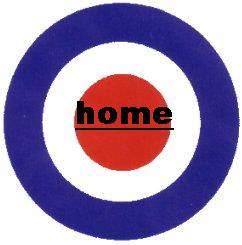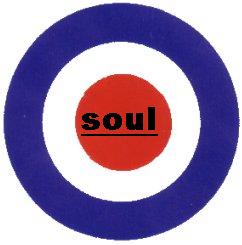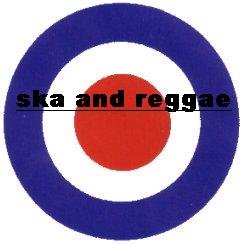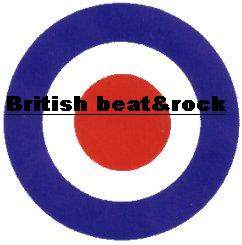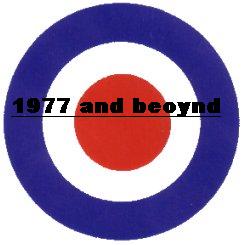MUSIC
One of the most important aspects of modernism was and still is music. Had it been jazz and bebop in the first years, it was black American R&B that dominated in the early Sixties. Original soul still holds a strong fascination for most people concerned with modernism, and obscure soul singles are still in high demand even today. More often than not those records change hands for several thousands of pounds.
Influenced by black American artists, a string
of British R&B bands also emerged in the Sixties.
Although they claimed black soul to be their major stimulus, they preferred a rather guitar- and noise-oriented sound. The Who used to be the most powerful band of all. They
eventually became one of the greatest rock outfits of all time. Other mod
favourites were The Small Faces, The Kinks or The Action.
Furthermore the mods were highly influenced by the growing Jamaican community and their native sounds of ska and early reggae.
As a result Jamaican singers like Prince Buster, Laurel Aitken or Desmond Dekker all became mod icons in their own right.
Since many of those bands either split or concentrated on different music, the mod movement lost steam at the end of the Sixties. Many mods had grown up or began to follow different paths. The northern soul movement, however, drew in some mods, but a huge mod revival followed in the latter part of the Seventies, led by bands such as The Jam, The Chords, Secret Affair and The Jolt. Most of them were musically inspired by punk rock, but dressed like mods from the Sixties.
Since then, the mod movement has had several upsurges, for example during the heights of Brit pop, and even today young bands such as The Ordinary Boys pay tribute to modernism.
In the following chapters, you’ll get to know a bit more about the sound of the mods.
